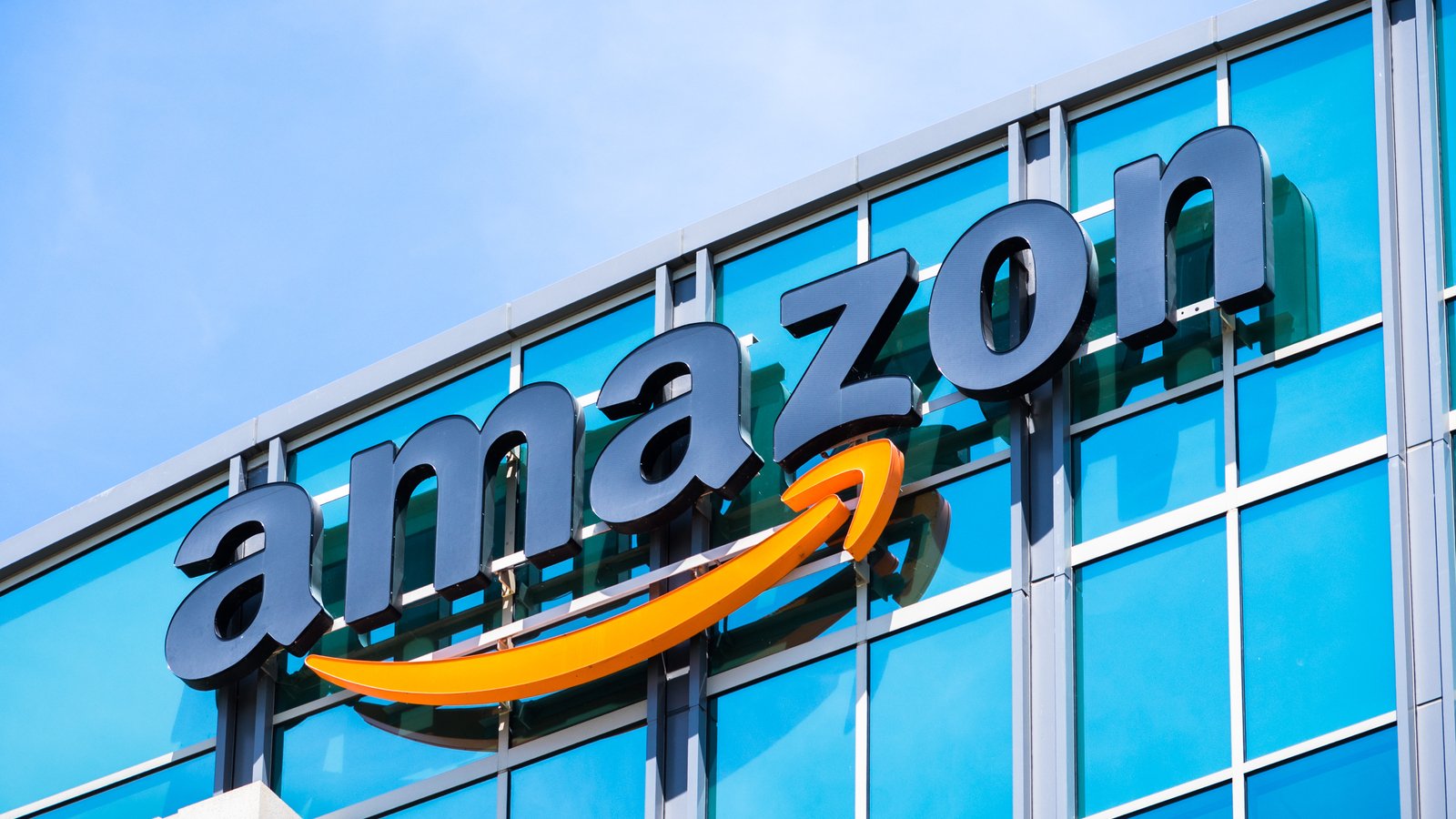Amazon Fires First Shot in Space Internet War—Musk’s Starlink Now Has a Real Rival

Amazon just launched its first batch of Project Kuiper satellites—marking the opening salvo in a high-stakes battle for orbital broadband dominance. The e-commerce giant’s move threatens to carve up the $30B space-internet pie currently dominated by SpaceX’s Starlink.
Why it matters: With 3,236 satellites planned by 2026, Kuiper could finally give rural users actual choices (and maybe even lower prices—if corporate altruism exists). The FCC-mandated ’half-deployed by 2026’ deadline now looms large.
Between the lines: Bezos’ playbook looks familiar—undercut competitors with deep pockets, then monetize the data firehose. Wall Street analysts are already penciling in ’satellite-enabled AWS integrations’ as a 2027 revenue line item.
The bottom line: When trillion-dollar companies start playing rocket tag, the real winners are... probably still the shareholders. But hey—at least your future self might Zoom from a fishing boat without taking out a second mortgage.
Shoot for the stars
Today’s launch is the first of many, with ULA and Amazon aiming to deploy 1,618 satellites by July 2026.
Amazon, Jeff Bezos’ second space-focused company after Blue Origin, is entering the increasingly competitive commercial space sector with Project Kuiper, joining rivals like SpaceX and Boeing in reshaping the spaceflight industry.
Private space missions, led by companies such as SpaceX, Boeing, and Blue Origin, provide commercial launch services, develop crewed spacecraft, and advance technologies for communication and deep-space exploration.
While Amazon and ULA aim for a 2026 deployment of their satellite constellations, rival space entrepreneur Elon Musk plans to launch the first SpaceX mission to Mars, with colonization expected to begin in 2045.
As of April, over 7,000 Starlink satellites are orbiting the Earth. Despite SpaceX’s head start, ULA President and CEO Tory Bruno is optimistic about the future.
“This launch marks the first step towards the future of our partnership and increased launch cadence,” Bruno said. “We have been steadily modifying our launch facilities in Cape Canaveral to support the capacity for future Project Kuiper missions in a manner that will ultimately benefit both our commercial and government customers as we endeavor to save lives, explore the universe, and connect the world.”
Edited by Sebastian Sinclair

